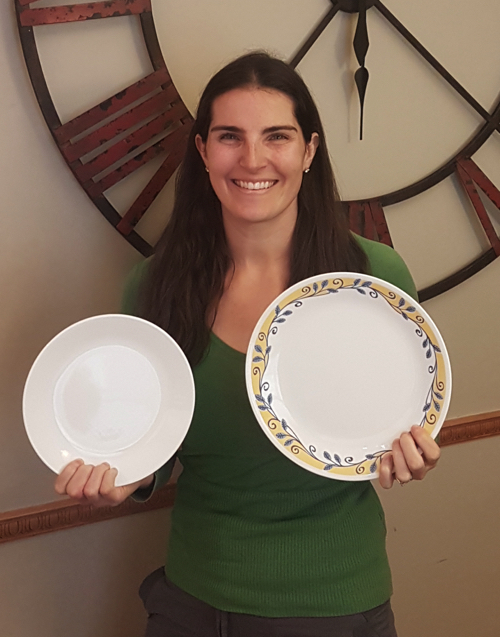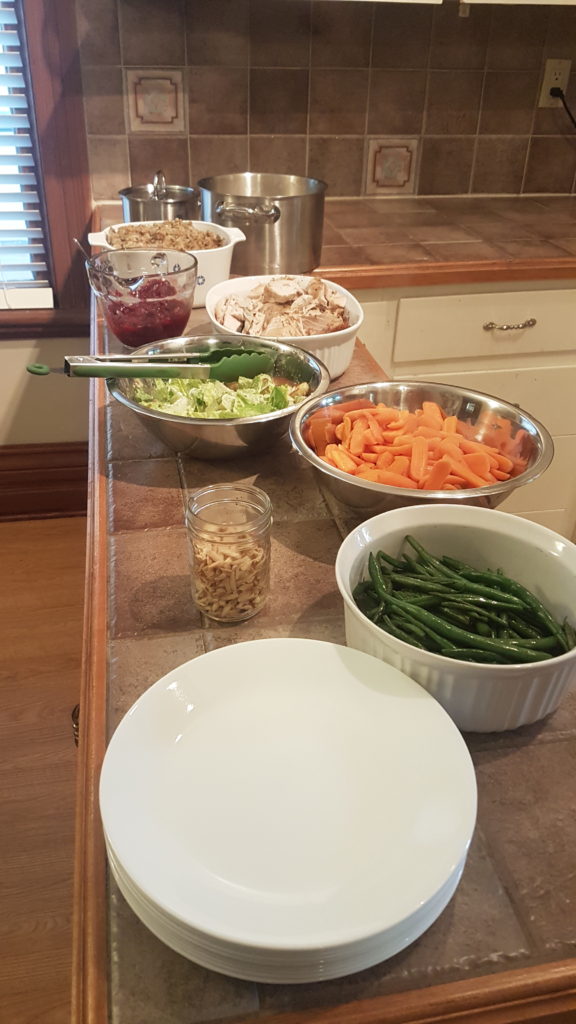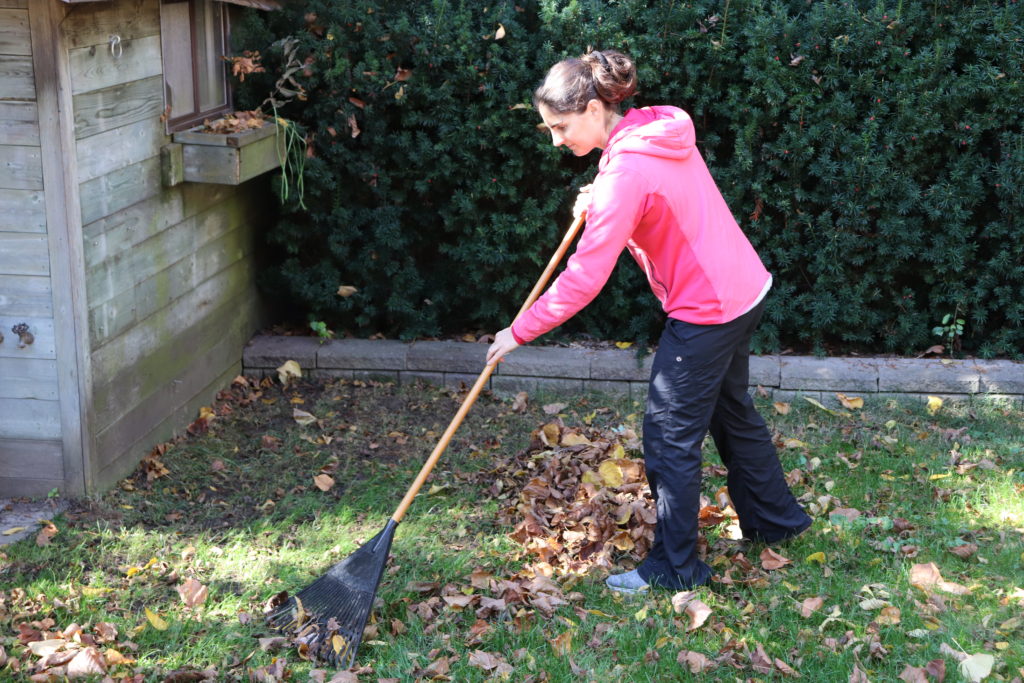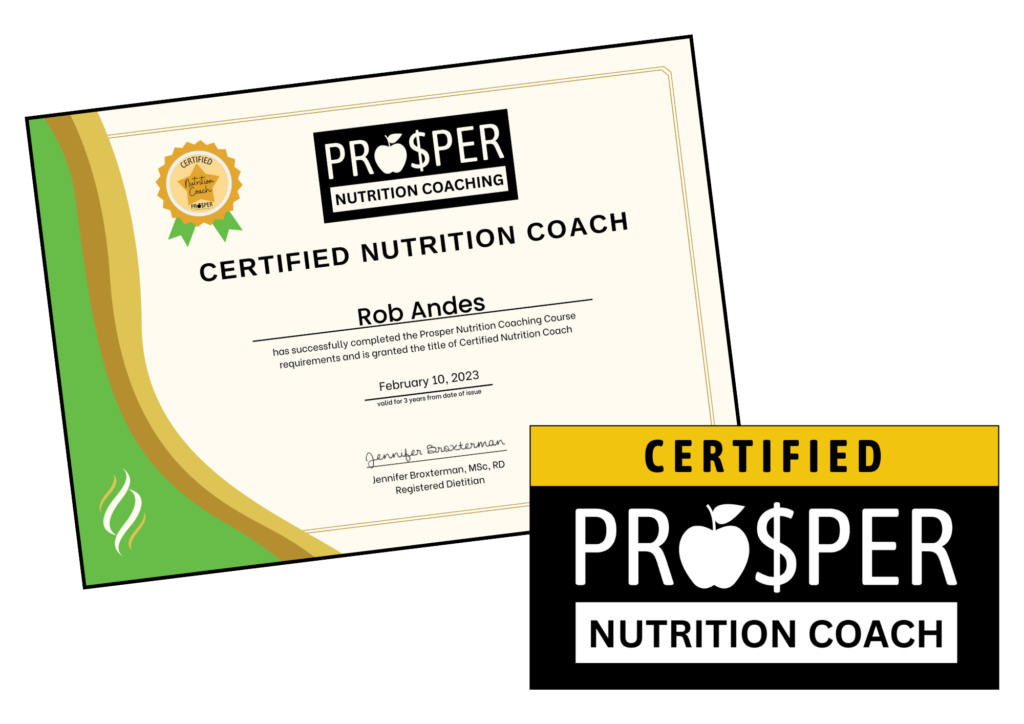

Holiday Tips: 10 ways to build a healthier food environment for your guests
How to make your holiday meal just a little bit healthier, without talking about nutrition with your guests and being THAT annoying person.
Written by Jennifer Broxterman, MSc, RD
Registered Dietitian, Founder of NutritionRx
Although the holiday season might look a little less jam packed with parties and delicious hors d’oeuvres this year amidst a global pandemic, you’re still likely to attend smaller gatherings and find yourself losing track of the fact that you just threw back a dozen sausage rolls and eight shortbread cookies in a blink of an eye.
And while I’m not here to lay on the guilt trip (in fact, I wholeheartedly believe the holidays and our favourite foods are meant to be ENJOYED), I have some tricks up my sleeve that I use when I host a holiday party to help my guests leave the house feeling a little less bloated than normal.
My favourite compliment my mom gives each year we host the family turkey dinner at our house, “Your food is just so delicious, and for some reason, I don’t feel as stuffed as I normally do.”
Little does she know, the Registered Dietitian in me just can’t help myself when it comes to building a healthy food environment… and I haven’t been caught yet using the 10 strategies I’ll share with you below.
Two concept that helped me develop these strategies:
- Become an environmental architect: This is a term used by author James Clear in his book Atomic Habits.
What does he mean by this? He means it’s easier to change your environment than it is to change yourself.
Think of it this way: Let’s say you find yourself driving by McDonald’s every day on the way home from work when you’re famished and salivating for chicken nuggets. Before you know it, you’re going through the drive-through once again.
Instead of beating yourself up about lacking willpower, what if you went home from work a different route? Suddenly, your environment is McDonald’s free, making it much easier to avoid your daily nugget and fries feeding.
- Mindless margin: This is a term used by Brian Wansink in his book Mindless Eating
What does he mean by this? The concept suggests you can trick people into eating slightly more, or slightly less, but only up to a point. He suggests you have about 250 to 500 calories to play with in terms of nudging people to eat slightly more, or slightly less food, without them realizing it.
10 Simple Ways to Employ These Strategies at Your Holiday Party this Season
Environmental Architect Strategies:
1. Smaller plates:
Choose smaller plates for your party. It doesn’t have to be drastically smaller; I usually go with 8 inch plates, as opposed to the usual 10-12 inch ones. As humans we tend to fill our entire plates with food regardless of plate size, and by starting with a smaller plate you’ve engineered your environment to help yourself, and your guests, eat just a little bit less while staying within the mindless margin.

2. Veggies first:
If it’s a help yourself, buffet-style meal, place the vegetables and salads at the start of the line, encouraging your guests to fill their places with an ample amount of fresh vegetables first. Next up, the lean proteins. Finally, all the other delicious, and perhaps less healthy foods and treats. There are no “bad foods” and nothing is off limits — I’m simply helping my guests change the order that they put food on their plates.

3. Use variety advantageously:
Keeping things healthy doesn’t mean you can’t still offer ample variety. Offer plenty of variety, but keep it in the form of healthier foods you want people to eat more of (think: veggie platters, cut up fruit, and healthy spreads like hummus or yogurt-based dips such as tzatziki), and reduce your variety of less healthy options, such as refined carbs and desserts.
4. Less is more:
Many dinner hosts have this fear of people going hungry, so they place appetizers aggressively around the room, within everyone’s arms reach. Instead, put your hors d’oeuvres in the kitchen, or in a location where people need to make an effort to get to them. Forcing guests to stand up to refill their appetizer plates helps everyone eat just a little bit less while waiting for the main course to be ready.
5. Encourage physical activity:
Organize a pre-dinner walk or hike, or better yet, a post-dinner fun, physical game outside, like touch football, corn hole, or shooting some basketball hoops. My pet dog Carly always makes a great excuse to get everyone outside for a post-dinner family walk around the neighbourhood. If I can’t get my guests on board for any of those ideas, I’ll try to head out for a hike, rake some leaves, or do some other outdoor chores on my own at some point over a holiday long weekend to get off the couch and get moving.

Mindless Margin Strategies:
6. Don’t forget the water:
Set a cold glass of water at each place setting. Adding ice, or some kind of flavouring options, such as lemons and limes, or even sparkling water, will make that water look a whole lot more enticing to your guests. Drinking water will help them feel more satiated and less likely to consume that additional 250 to 500 calories, especially from that extra glass of wine or second helping.
7. Beyond the booze:
Having other non-alcoholic beverages available for your guests will encourage them to give them a try over having one more alcoholic drink. Think sparkling water or kombucha. Or my favourite still water option: cucumber, lime and fresh mint leaves. Your guests who abstain from drinking alcohol, whatever their reason, will secretly thank you for normalizing tasty non-alcoholic options.
8. Take home options:
Sometimes people overeat because they’re trying new foods and dishes they have never had before and think they may never have the opportunity to try them again. Give everyone a takeaway container—if it’s decorated in the festive season it will seem less tacky—and encourage them to take leftovers home to enjoy the next day.
9. Waste or waist:
On your end, be OK with some food waste, instead of overeating. It’s going to go to waste either way, whether that be WASTE (as in throwing away food into the garbage or compost), or wearing it around your WAIST if you overeat and stuff yourself. Listen to your body, eat mindfully, chew your food slowly, and stop when you’re satisfied, not stuffed. Slowing down your eating goes a long way in helping you appreciate the food and be satisfied when it’s time to stop.
10. Be jolly:
Employ an anti-dieting, nothing is off limits approach to the night. Celebrate your delicious food with your friends and family with a non-restrictive mentality. This energy in the room will prevent the Last Supper Effect—i.e. frantically eating all the delicious food in sight before it’s taken away forever because “the diet starts tomorrow”—approach to the night.
Wishing you health & happiness,
♡ Jen
Jennifer Broxterman, MSc, RD
Registered Dietitian
NutritionRx: happy, healthy living with our team of Registered Dietitians
Prosper Nutrition Coaching: a world-class nutrition coaching certification
+
+
+
Want to work with a NutritionRx Registered Dietitian?
Learn more here: Nutrition Packages & Rates
+
+
+
Want to become a Certified Nutrition Coach?
Learn more about our habits-based Prosper Nutrition Certification



